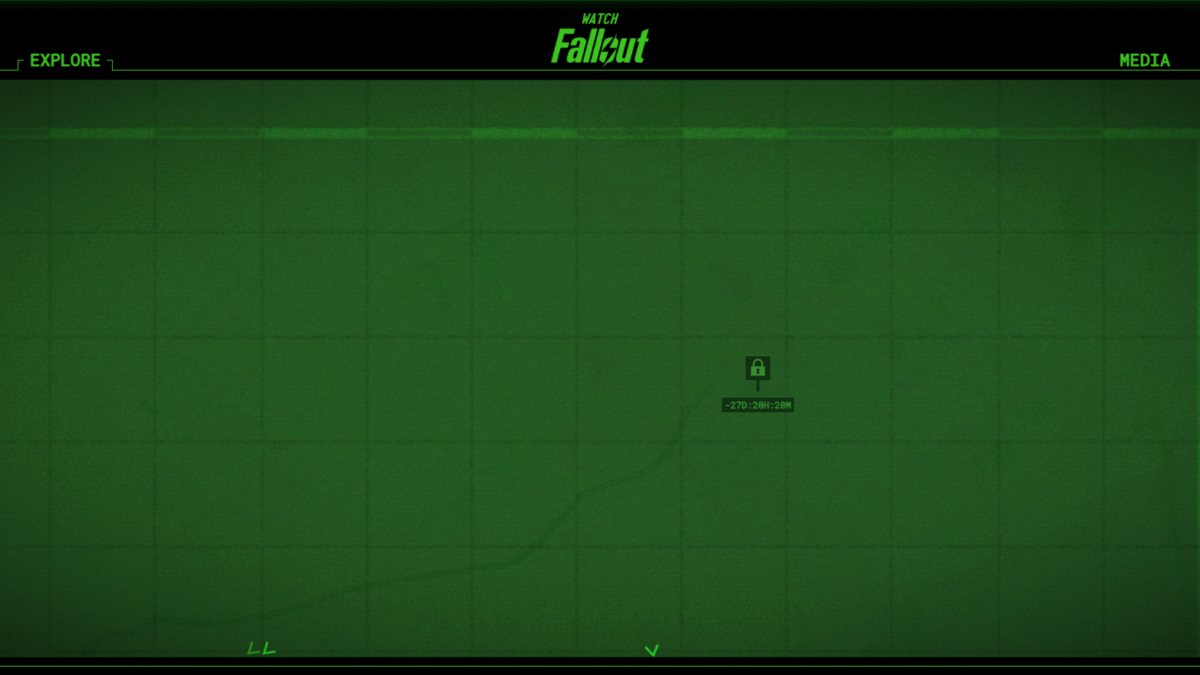The most expensive Pokémon card in the world has been put up for sale by Logan Paul, the wrestler and influencer who previously paid $5.3 million for it.
Paul’s mint condition, PSA 10-rated Pikachu Artist holds the Guinness World Record as the most expensive Pokémon trading card in existence — but it seems like the card could now be sold for an even higher amount.
If you have a few million dollars spare to make a bid, Paul has said he’ll add to the card’s value by throwing in a bejeweled chain (which he says is worth another $75,000) and hand deliver it to the auction’s ultimate winner. Paul wore the card and chain during his WWE debut at WrestleMania 38, and again for his bout against Anthony Joshua in Miami last month.
Whether all of this does ultimately add to the card’s value or not, the sale via auction site Goldin has already attracted interest — with early bids up to $2.1 million and 39 days still to go.
Why is this card so expensive? Only 40 copies of the Pikachu Illustrator card were ever manufactured, and given away to winners of a 1998 Japanese fan contest. Of these, only one has been given the unsurpassable PSA 10 quality rating — and it’s this card that Paul bought back in 2021 in an exchange for a lower-grade Pikachu Illustrator (valued at $1.275 million) alongside $4 million in cash.
In the ranks of expensive collectible card game sales, Paul’s $5.3 million card stands several million higher than anything else, including a Magic: The Gathering Black Lotus sold in 2024 for $3 million in bitcoin. The only question now is how high this new auction reaches.
Cannily, Paul has set the sale to end next month, in the run-up to the 30th anniversary of the Pokémon franchise, when excitement around the brand will be at its peak. Fans are expecting a major announcement by The Pokémon Company, with new video games and a 10th generation of the franchise’s creatures anticipated, alongside more details of the promising-looking Pokémon life simulation spin-off Pokémon Pokopia. Paul, meanwhile, is likely anticipating a healthy payday.
Image credit: Goldin, Bradlee Rutledge/WWE via Getty Images
Tom Phillips is IGN’s News Editor. You can reach Tom at tom_phillips@ign.com or find him on Bluesky @tomphillipseg.bsky.social












